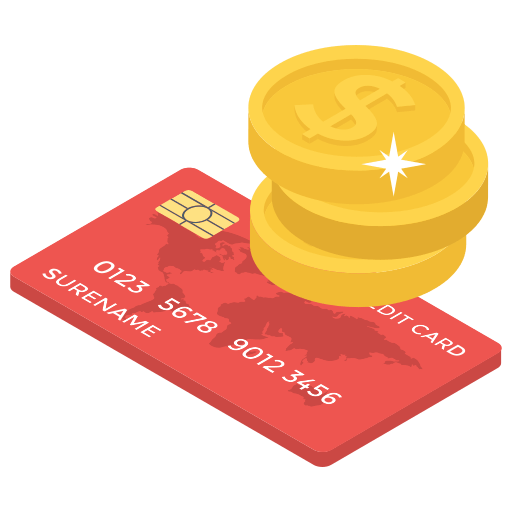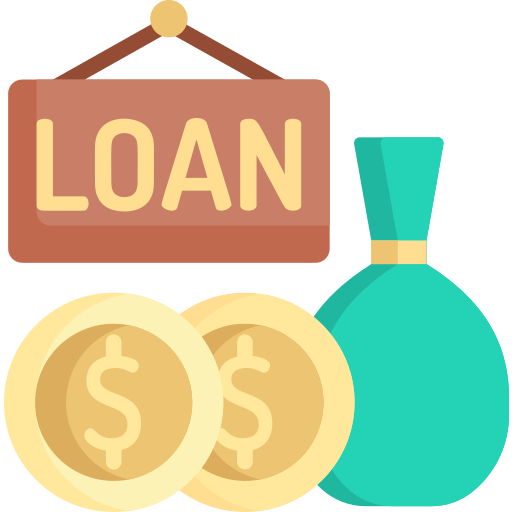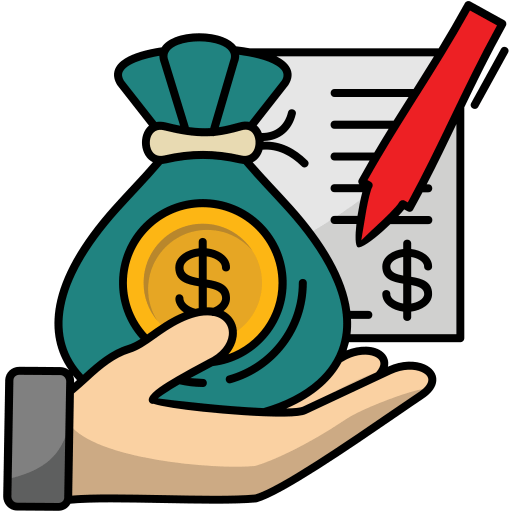Harness The
Power of marketing
To Grow Your Business
Reach Your Most Purchase-Ready Audiences on Social Media, Programmatic Video and Display, Audio Streaming and OTT Devices
INCREASED SALES BY
+17%
and Lowered CPA by 44% in Just One Year
GROWTH OF A LOAN VOLUME OF
280M
Financial Services Firm in 8 Months
INCREASED SALES BY
314%
in one year with one simple partnership
Traditional Marketing SERVICES
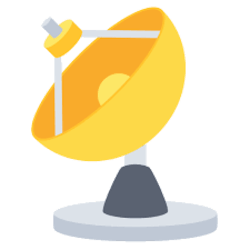


Satellite Radio
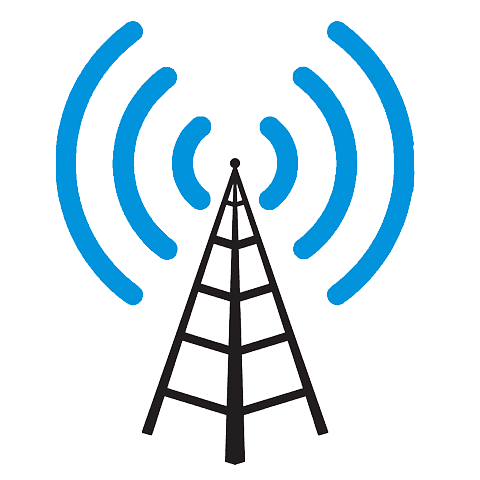


Terrestrial Radio



Billboard



Satellite TV



Connected TV
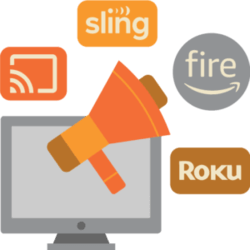


OTT Marketing
WHAT WE OFFER
Media Planning
We have a team of experienced media planners who will determine the right mix of television, radio, digital, and out-of-home advertising to reach your target audience.
Media Buying
Our media buyers are experts at getting your ads in front of the right people at the right time, and our creative team can help you craft eye-catching ad campaigns that get results.
Creative Development
Our experienced team will help you create powerful, targeted marketing campaigns that get results and our straightforward pricing means you will always know what you're paying for.
Measured Results
With haloAnalytics™ reporting dashboards, businesses can track their progress and make changes accordingly to improve their online presence.
Audience Targeting
Local Services USA has the experience and expertise to craft omni-channel media campaigns that engage your most relevant audiences.
Content Production
We can help you create a website that is search engine optimized and easy to use, and we can also help you create effective content that will help you attract and retain customers.
Digital Marketing SERVICES
Review Generation
Reputation
Pay Per Result
SEO
Pay Per Revenue
Marketing
Facebook
Marketing
Google
Advertising
Website
Accessibility
Financing
Solutions
Winning
Websites
4X
Conversion
Business Listings &
Voice Search
Email
Marketing
Conversational
Texting
What Our Client Says









Our Experts are Ready to Help!
Connect with one of our Local Experts today and discuss your requirements. Free advice.



Want to connect with a marketing expert? Dial in!
123 - 456 - 7890



General Marketing
Marketing is as old as man. Since people identified the need to provide value and cater to the needs of others, they required a strategy to draw their audience in. That's marketing. It is a way that will help you get ahead of your competitors and boost your sales.
Brian Halligan, the CEO of Hubspot, says, “Just because you’re the loudest, doesn’t make it right.” So if you’ve thought marketing is about being loud, you’re about to get it wrong. If you’re lacking in value, you’ll be an empty barrel that makes the loudest noise. In this article, you’ll discover the right way to do it.
You interact with marketing daily, especially since the advent of civilization. You’ll find billboards on the streets of your city, ads pop up on your mobile phone, and others even sell products to us via word of mouth. Marketing is not an abstract activity. Even a 5-year-old has interacted with marketing whenever their favorite dolls are advertised to them.
So you see, marketing is part of our daily lives. But what the heck is general marketing? You’re about to find out in detailed terms. Tag along.
What is General Marketing?
Marketing covers the efforts used to attract clients and get them interested in certain products and services so they can decide to adopt them. It takes customers to recognize the value a company provides with the intent of increasing sales. Marketing includes building brand loyalty through valuable content and gaining customer trust.
Every good marketer knows they have to pay attention to what their customers want and tailor their businesses towards filling that gap in the most effective way possible. General covers both old and new forms of marketing by considering the right strategy suitable for a particular business situation.
The heart of every successful marketing campaign is people. You need to study your customers and their habits, so you can create the products and services that will attract your ideal client. Although marketing involves market research and advertising, there are also other areas that you must carefully consider to get the full impact on your business. Read till the end to discover it all.
What Our Client Says









Marketing Vs. Advertising
These terms are primarily used interchangeably, and if you’re not careful, you might not be able to identify their differences. What’s the difference?
Marketing is like an entire pizza pack; advertising is just one slice. Marketing covers market research, sales strategy, product development, public relations, and customer support. It works with different platforms and techniques, both physical and digital
Conversely, advertising is a part of marketing that involves setting goals to create brand awareness through various channels. It covers printed ads for magazines and newspapers, printed advertorials, and digital ads on platforms like Google and Facebook. Most advertising efforts require that you pay to build your customer base. It is also beneficial to leverage social media platforms like Instagram, Twitter, and LinkedIn to perform advertising campaigns because of the broad reach you can get there.
What are the 4 Ps of Marketing?
If you’re in the marketing field, there’s a name that must always ring a bell in your ears, and that’s E Jerome McCarthy. He developed the 4 Ps of marketing in the 1960s, including product, price, place, and promotion. These elements of marketing play vital roles in different stages of marketing, and he explained it thus;
1.
Product
The first step to selling a product is to avoid jumping into the market and start selling. But, unfortunately, the chances that you will succeed in your endeavor are slim.
Take a different approach involving solid market research to determine if your product is solving a problem. Here are a few things to do before you introduce your product to the market;
- Identify your target audience
- Know the suitable market for your product
- Find the proper channels and platforms that will boost your sales
- Effective ways to modify the product
- Customer behavior toward your product
Identifying these points will help you better serve your customers and improve the quality of what you’re planning to sell because you’ve considered the most important factor, people.
2.
Price
You cannot set a price for your service merely based on what you think it’s worth. Using this technique will make it unlikely for you to make actual sales and get ahead of your competition. Before you sell, study your competitor’s prices or leverage surveys to estimate how much your customers are willing to pay for your product. If your price is too high, you might be unable to reach customers, and if you set your price too low, you will eventually run at a loss. Therefore, you need your price to be just right.
3.
Place
There’s an ideal location for you to sell your products. If you fail to identify the right market, your products will rot with you and never reach your target audience. It would help if you got members of your marketing team to identify where you sell your product and how to reach your potential customers. If you’re trying to reach an international or national audience, you need to perform a survey of the right places to sell.
4.
Promotion
Promoting your business helps increase brand awareness and get your customers interested in the products you’re selling to gain more sales. You can use different techniques, including print and digital strategies, to help you reach your audience.
You can offer discounts, run advertisements, or leverage the power of social media promotions. Another technique that can help your brand fly quickly is influencer marketing. You can find different influencers on social platforms willing to help you promote your business and increase awareness.
Ready to Grow? Get your FREE Quote Today!
Traditional Marketing Vs. Digital Marketing
There are two classifications of marketing: traditional marketing and digital marketing. Although marketing has existed for a long time, it witnessed an evolution from conventional methods to digital ones as product owners sought more effective ways to reach their target audience.
What is Traditional Marketing?
Traditional marketing deals with marketing techniques and efforts that are not in digital form. Instead, it uses measures that people can interact with offline, like billboards, banners, newspapers, and television. These methods do not require an internet connection or even mobile devices like smartphones for businesses to reach their target audience. However, this method needs more space for interaction and engagement between product owners and users.
Many marketers consider traditional marketing to be unstable and time-consuming. The energy and time used to create radio ads, print ads, and television advertisements are one of the factors that make marketers shy away from them. Despite these reservations, businesses still require traditional marketing techniques to reach their audience. Also, your target audience matters if you’re trying to get people in an area without proper internet access.
What is Digital Marketing?
Digital Marketing involves using digital and online measures to attract and retain customers. It can include using paid or organic techniques to promote your products and services. This marketing utilizes the internet through social media, search engines, messages, email, and others. According to Datareportal, 63.5 percent of the world uses the internet, with about 55.7 percent that remains connected. This means you can find half of the world through digital marketing and promote your products and services to them on the platforms they hand out.
Despite the apparent benefits of digital marketing, there are still certain drawbacks. The internet tends to break down because it relies on technology. Scammers can hack websites, fraudulent activities have become more rampant, and people can lose all they have in only one click. However, big companies like Google and Facebook make much effort to ensure security for businesses and individuals who use them.



We have financed over
3 BILLION+
for our clients
Discover how we can help your business.



Traditional Marketing Vs. Digital Marketing
The debate between these two types of marketing is as hot as the one between Messi and Ronaldo. People argue so much about it that they can leave the table angry. According to HubSpot Academy, 50% However, there’s no need to fight over it; both techniques have their areas of strengths and weaknesses.
This section will identify these areas and serve as a guide so you can make a perfect choice.
Engagement
There’s a general impression that traditional marketing is old-fashioned and should be ignored. But that’s so far from the truth. Traditional marketing techniques like television, radio, and newspapers have less engagement than digital marketing. However, these channels create a lasting impression on the audience's minds, making it easy for them to remember the brands in question. Digital marketing channels have lots of traffic, which means people consume tons of content there. The flip side is that people take in so much and remember so little.
Digital marketing beats traditional marketing in engagement and gaining customer feedback. Traditional measures made little or no room for customers to engage with brands, complain, and discuss their problems. However, your customers only have to look for you on social media or Google to make their reservations about your products or services. So in the aspect of engagement, digital marketing is undeniably the king.
Time
It takes about 1-3 weeks for you to create a television advertisement, including production, shooting, and post-production efforts. This process is what most marketers dread with traditional marketing techniques. Other channels like newspapers, banners, and billboards take much time compared to digital marketing. Despite the time-consuming nature, businesses still require the credibility traditional marketing brings to the table. Most big investors take companies that employ conventional marketing tactics to be more severe because of their efforts.
Digital marketing is fast and efficient. For example, running a Google or Facebook ad takes about two days which is ten times less than traditional marketing. Some online marketing techniques that might take longer include video marketing and SEO; however, videos have been made easy with smartphones and platforms like Youtube and TikTok. Generally, digital marketing breaks down the complexity around marketing with easier techniques. One disadvantage, though, is the level of cut-throat online competition.
Costs
Traditional marketing strategies are expensive. For example, according to WebFx, it costs about $350,000 to run a 30-second ad on national TV. The price ranges are based on the location, the ad type, and other contributing factors. If you’re a small business owner just starting, using some traditional marketing channels will be considered overly ambitious because of the cost implications. However, as a cost-effective traditional marketing technique, you can send hand-written notes to your customers. Offline marketing streamlines the brands that can use some of these strategies, which signify uniqueness, financial stability, and excellent growth potential.
Publishing a video on YouTube is free. That’s a digital marketing channel with over 2.1 billion users from different parts of the world. You still need to get the right equipment and location to succeed on YouTube and deal with a lot of competition. If you’re starting and cannot afford the money used for traditional marketing channels, you should stick with digital marketing. Running a paid ad on Google costs about $1-$2 per cl; this can also be costly when it accumulates. Generally, general marketing is not cheap, but digital marketing is more affordable.
Measurement
Traditional marketing techniques are challenging to measure. There’s no way you can track the number of people who saw a banner, newspaper ad, or tv ad. You can only assume that they saw it. This also makes it hard for traditional marketers to know the amount of revenue they’re generating from a particular channel. The inability to measure the impact of these channels doesn’t create room for experimenting. Brands cannot move quickly from one medium to another because they don’t even know the effective ones.
Digital marketing efforts are measurable. You can see your post's number of impressions. Even search engines have tools like Ahrefs and Semrush that help determine the number of people visiting your site. It saves brands the trouble of assuming specific numbers.
P.S: Have you considered combining traditional marketing and digital marketing techniques? It works like magic! If you've grown your business to a reasonable size and have the financial stability to handle both, you can go ahead.
Final Words
One of the significant regrets companies have after many years in business comes from their little involvement in marketing. General marketing has the power to take your business to the next level and increase your revenue. It helps you build awareness, trust, and brand loyalty across numerous platforms that you can afford.





